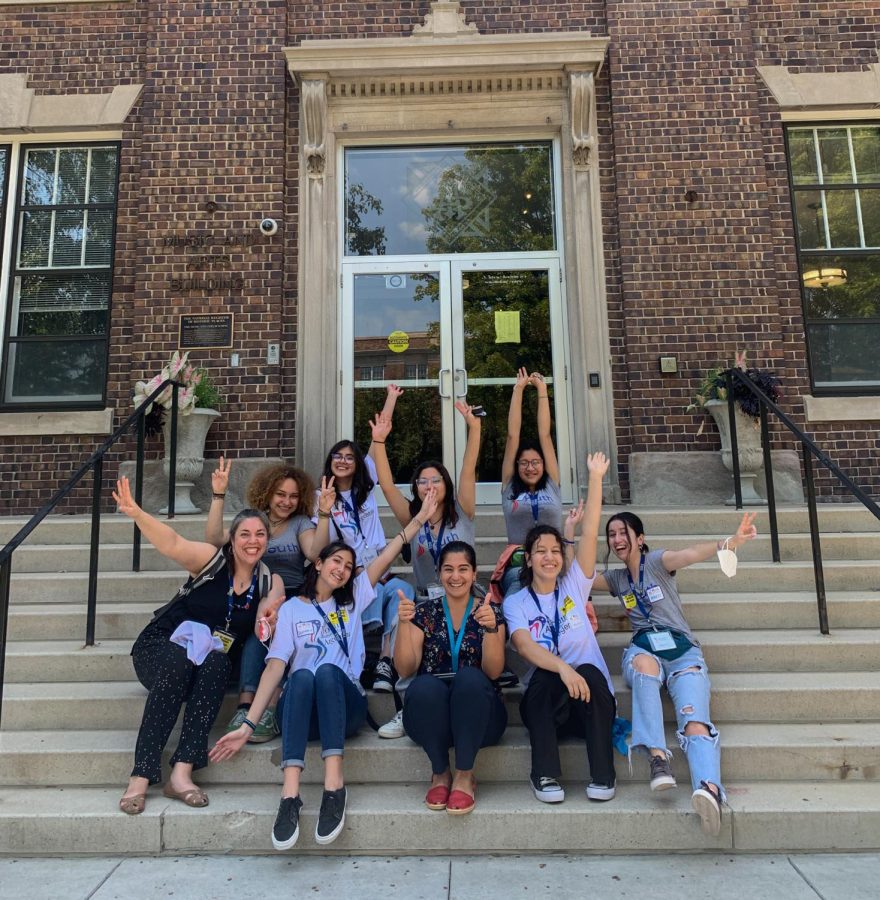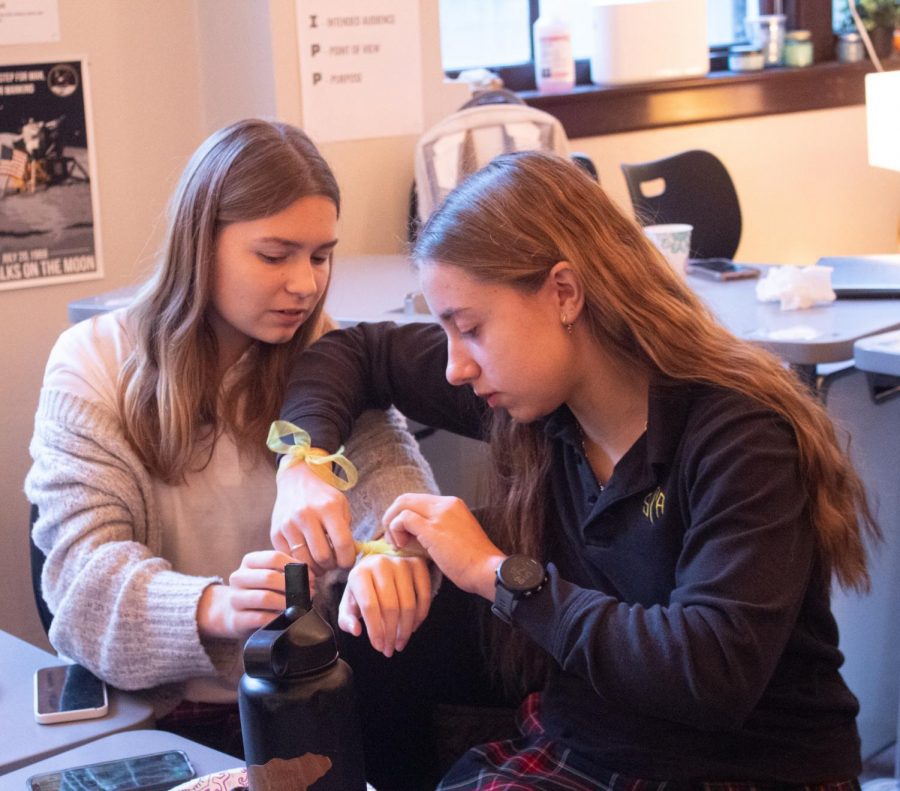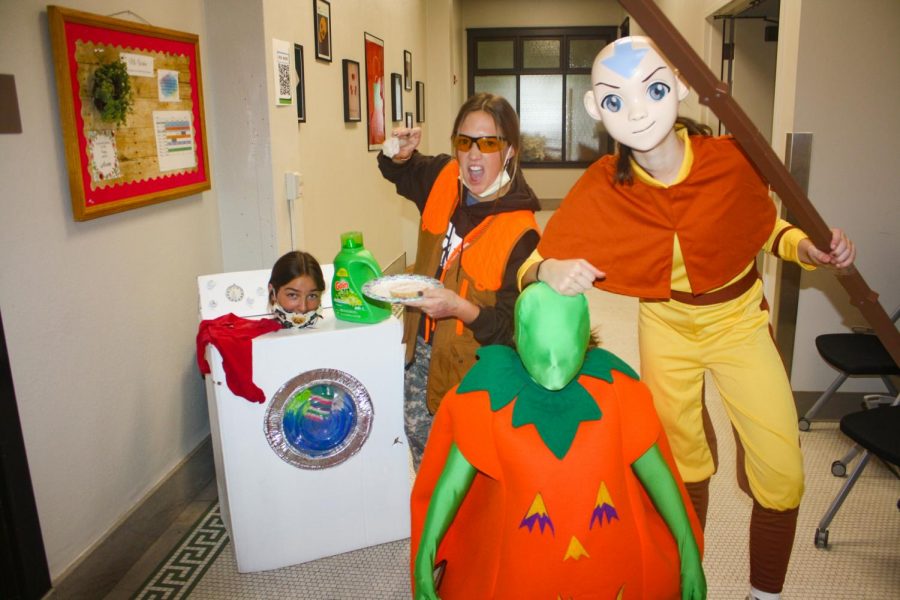by Chelsea Birchmier
Radon was discovered at more than 10 times the recommended levels in a closet in the basement of Donnelly Hall by honors chemistry students this November. Chemistry teacher Terry Conner and her class placed a radon test kit in the closet to study radioactivity and, to Conner’s surprise, the room’s levels revealed amounts of radon at 47.2 picocuries per liter [pCi/L], compared to the 4 pCi/L recommended by the Environmental Protection Agency.
According to the Environmental Protection Agency, radon is a radioactive gas that causes 21,000 lung cancer deaths per year, making it the second leading cause of lung cancer. Radon comes from uranium decay in soil, entering buildings through cracks in the foundation and accumulating in rooms with little ventilation.
“When we’re studying radioactivity in a high school lab, we don’t have radioactive elements to work with because they have pretty strict storage requirements,” Conner said. “They can be dangerous, and you don’t want to be overexposed to radiation. So [the radon test] was a practical way to do a lab that involved radioactivity. At the other school where I’ve done this, their level came out just fine, so I didn’t expect a different result here.”
To confirm Conner’s results, the administration chose Stewart Industrial Hygiene & Safety, a company that tests indoor air quality, to do a few more readings, according to principal for academic affairs Barbara McCormick.
The company found that the south closet contained 43.4 pCi/L, similar to the chemistry students’ study. According to McCormick, the sample classrooms tested below the recommended level of 4 pCi/L, containing 0.3 and 0.7 pCi/L, while the storage rooms tested above the level, containing 8.6 and 8.9 pCi/L.
“I think it was a good learning experience for me,” McCormick said. “I had not dealt with radon in the past. I did learn that radon is not something you can necessarily get rid of. You have to find a way to live with it with the correct levels.”
Over Christmas break, the administration hired contractor Steve McKinney for radon mitigation, which should lower the levels of radon in the closet. McKinney installed a pipe that draws air from underneath the building’s foundation and pumps it out. McCormick said that in a few weeks, Stewart Industrial will return to test the building again.
Even after the installation of the pipe, junior Caitlin Nelson did not know what radon was or that it existed at STA. Once she did some research, she was surprised that the school hadn’t alerted students or parents.
“The school should be ashamed of themselves,” Nelson said. “[Radon] shouldn’t be there in the first place, even if it’s just in a storage closet.”
According to president Nan Bone, the administration did not send out a notice to parents because they did not want to alarm them and because only storage closets, which students do not access, had high levels. To ensure that students would not enter the closets, they hired a locksmith to place locks on both of the closets.
“I would have had a reaction of, ‘Oh my gosh,’ but we knew right away that these weren’t in classrooms and that our students wouldn’t be affected,” Bone said. “But we still wanted to make sure to clean that up. It was a little mixed reaction I guess. The first part was caution, the second part was relief in the fact that our students weren’t being harmed.”
Despite the health risks related to radon, Bone was glad this experience gave students an example of how chemistry affects everyday life. Bone said that the administration hasn’t decided how or if they will continue testing the school for radon next year, but they might allow Conner and her students to do the official testing.
“What I love about the way Ms. Conner teaches to you is the fact that it’s problem-based,” Bone said. “She shows real life examples of how science can affect your environment. I like that a teacher is really showing application to science. When you show application, it’s a higher level of learning, and certainly students are going to retain that information longer.”











